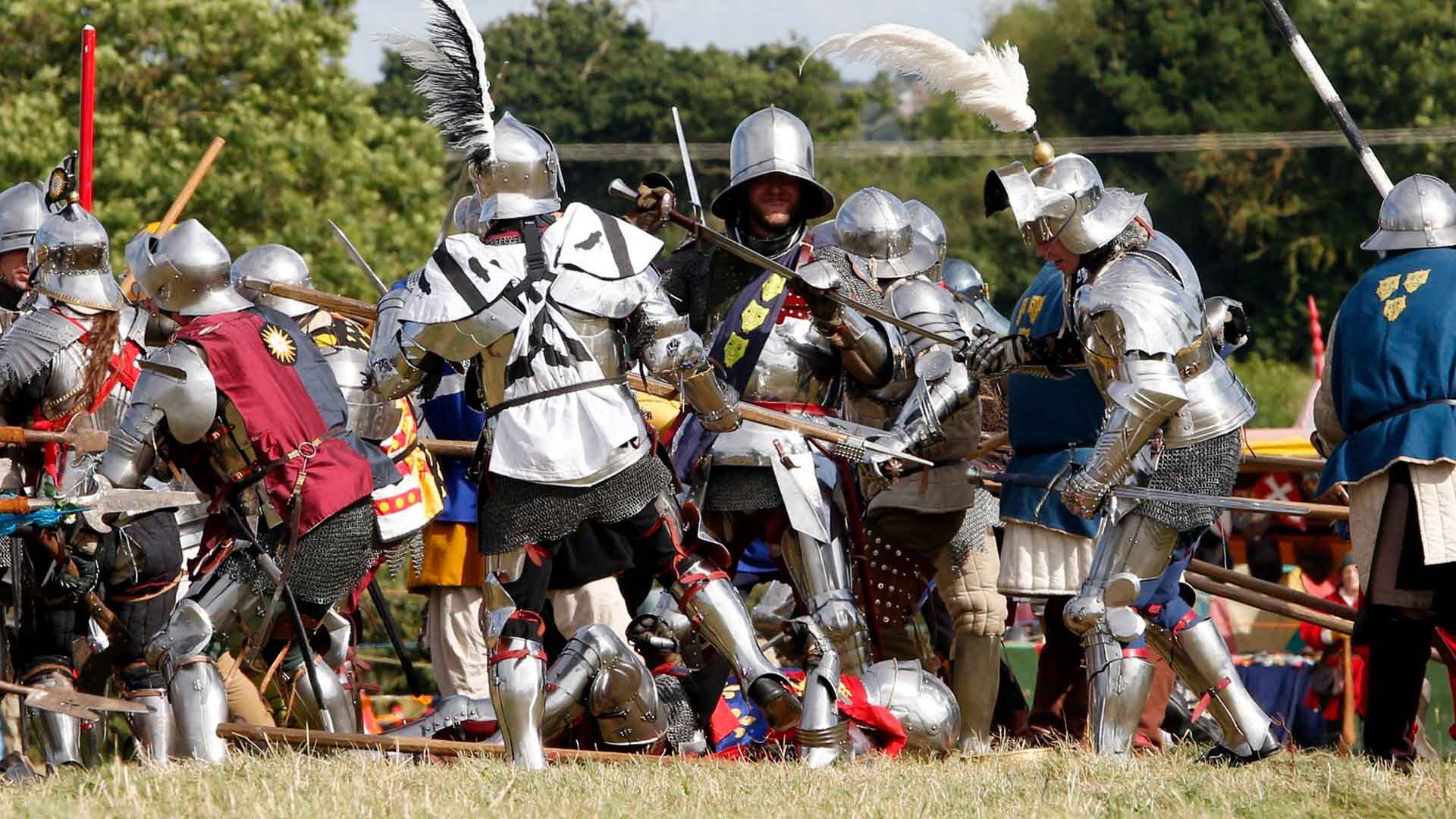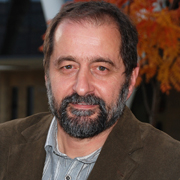
Battlefield expert chides plan to build on the Bosworth Field

Dr Glenn Foard
Reader in Battlefield Archaeology
Dr Glenn Foard, who discovered the actual site of the battlefield ten years ago, claims that the newly-approved planning development will seriously damage the integrity of the whole of the site. Adding that questions still remain about the battle at Bosworth, widely regarded as one of the key battles in English history.
A UNIVERSITY of Huddersfield expert who played a key role in pinpointing the most likely location of the Battle of Bosworth – where Richard III was slain in 1485 – has added his voice to the chorus of criticism over a council decision to allow new development at the site.
It was after historians began to cast doubt on the traditional location for the battle that Dr Glenn Foard – Reader in Battlefield Archaeology at the University – was called in by Leicestershire County Council.
After a long and painstaking archaeological investigation, yielding finds including large amounts of lead shot – the first large-scale physical evidence of the use of gunpowder weapons on Europe’s medieval battlefields – it was deduced that Bosworth was not fought on the heights of Ambion Hill, but two miles away in low-lying ground, close to a Roman Road and beside a marsh known later as Fen Hole.
Dr Foard describes the project in the University of Huddersfield video below and he is also co-author of a book on the subject.
But now the local authority – Hinckley and Bosworth Borough Council – has approved a scheme by engineering firm Horiba Mira to build a new test track for autonomous vehicles on 84 acres of land next to its existing testing centre, which is partly within the battlefield site.

The charitable body Battlefields Trust has been severely critical of the decision, described by its vice-president as “scandalous and disgraceful”, and has stated that it will continue to protest. The Richard III Society is among the other organisations to have registered dismay.
There has also been criticism of the role played by the official body Historic England, which states that: “the proposed development site is to the south-west with just a small strip being in the registered battlefield. It is therefore located on the edge of the most important areas”.
It has also concluded that “introducing new buildings and structures into the proposed development site, a small part of which falls within the registered battlefield, would cause some harm to the significance of the battlefield, but we also acknowledge that the scheme could bring public benefits. It is for the local council, as decision maker in this case, to weigh the level of harm that these proposals represent against the public benefits.”
Dr Foard said that he was disappointed, but not surprised that Horiba Mira had been given the go-ahead for its test track. He added that its location was important because it was in the area where Henry Tudor’s forces first caught sight of the armies of Richard III.
“You reach the crest of the hill and at that point you see what’s before you. That’s where you take your decisions. That’s where you deploy your army. Everything flows from that. And the test track development sits between the top of the hill and the central area of the battlefield,” he said.
Dr Foard argues that Historic England has not grasped the significance of the location and he concurs with the view of the Battlefields Trust that the organisation is lacking in specialist expertise, having abolished its Battlefield Panel in 2015.
“There are a number of cases where Historic England have shown they are unable to adequately deal with the issues that arise on battlefields,” claims Dr Foard.
The bigger issue at Bosworth is the integrity of the whole site, he continued.
“This development will change the character of the landscape completely, turning a Roman road into a major access to commercial industrial units, changing an essentially rural aspect to an urban aspect.”
In terms of archaeology, Dr Foard says that questions remain unanswered at Bosworth, although very little new work has been done since he completed his project. He himself is shortly to start work at another Wars of the Roses site – Mortimer’s Cross in Herefordshire, where the future Edward IV was victorious in 1461.
Video interview
Dr Glenn Foard talks about the background to the Battle of Bosworth and the archaeological project to find out where it was actually fought.
This video was filmed at the Bosworth Battle Heritage Centre shortly before the official launch of his book Bosworth 1485: A Battlefield Rediscovered', co-authored by Dr Foard and the historian Professor Anne Curry.
There are comments referring to the controversial issue of the site's development underneath this interview on YouTube.
More news
100-year anniversary of the Spanish Flu pandemic
October 1918 marks the centenary of the pandemic that claimed more lives than World War One
Holocaust Exhibition and Learning Centre opens
The Centre is one of only two centres in the UK and will primarily serve the North of England
Henry VIII – pioneer of fake news?
King Henry VIII made sure that he was depicted despatching all-comers in battles and tournaments